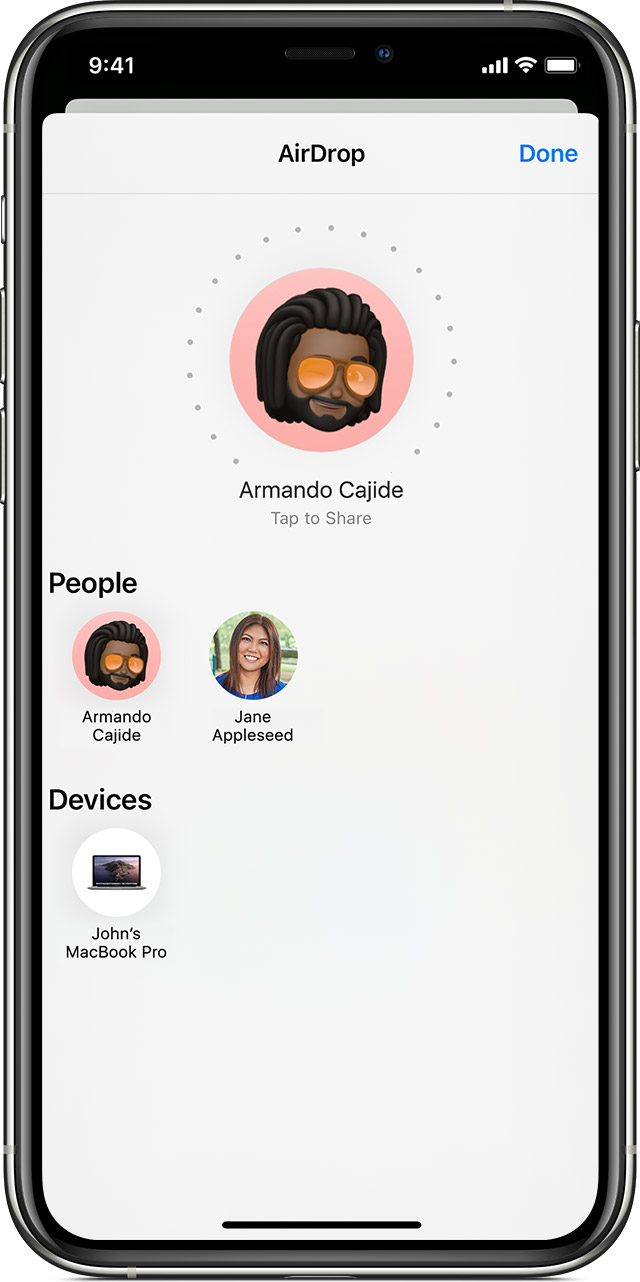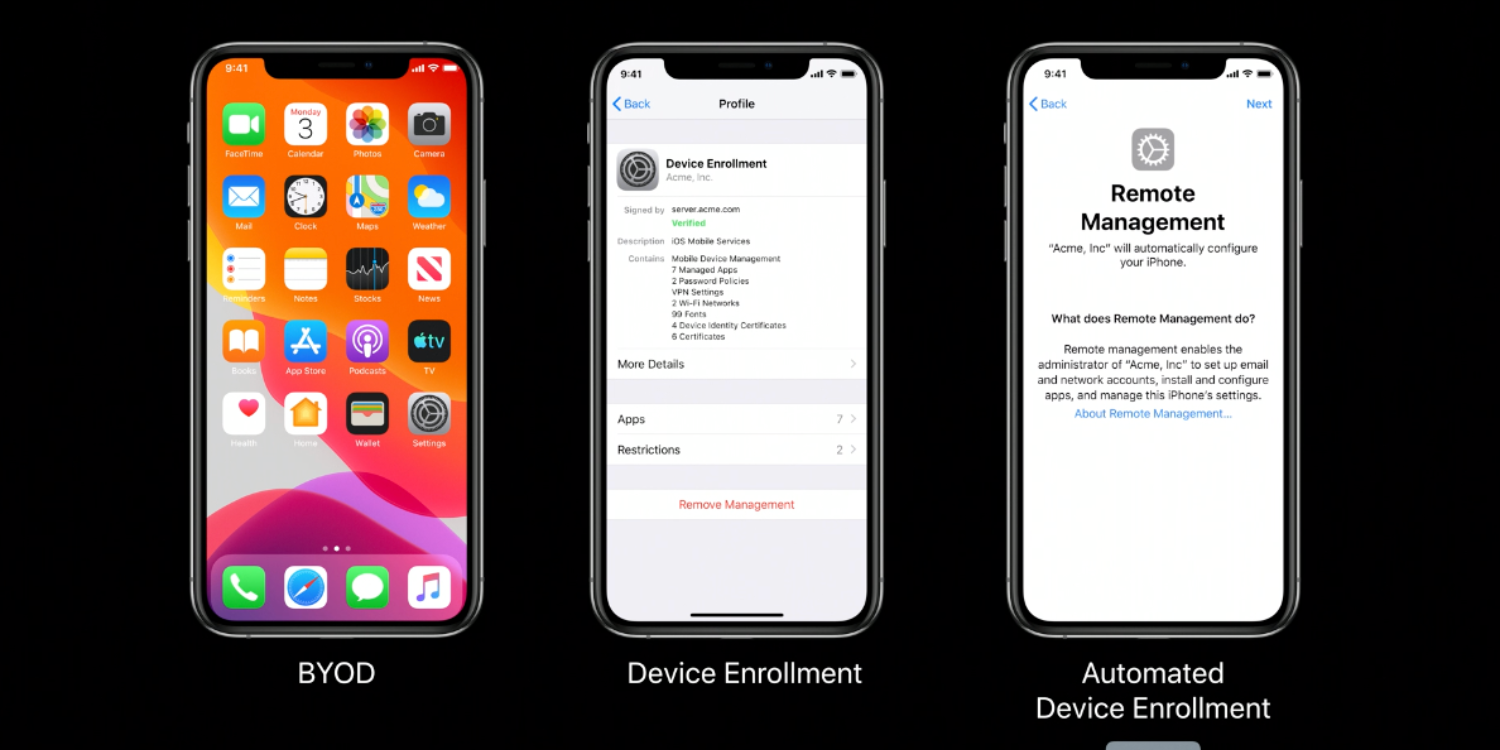Android users, however, have had split-screen apps since with the release of Android 7. Using two apps is helpful if you're trying to look up a contact's phone number to send to someone on Facebook Messenger, or if you need to reference information in a document when composing an email. The easiest way to use split-screen mode is to open the multitasking view and tap on the app's icon at the top of its multitasking card -- it's the same icon you use to launch the app from your home screen.
Contact IDC to purchase Smartphone Data
Select Split screen from the list of options, then select the second app you want to have open at the same time. These steps might vary depending on which Android phone you use. For example, Samsung phones have their own version of the interface. You can adjust the size of each app by dragging the small handle between the two apps to expand or decrease how much space each app takes up. Having built-in stylus support means you can write notes, create sketches and edit photos with precision.
Related topics
It's a tool that many users like, and on Android, it's definitely an option. With Samsung expanding its S Pen to more devices like the S21 Ultra, one has to assume other Android-makers will follow. Samsung has lead the way for years on bringing new features to Android, often beating out Google. Either way, Android fans already have some worthy options if they want a stylus. Rumors have circulated for years that Apple would bring Apple Pencil Support to the iPhone, but we've yet to see it happen.
Apple's approach to the home screen is still locked to placing all installed apps in a rigid grid, although you can now add widgets to the home screen and use custom app icons to mix up the overall look. However, the home screen on Android devices don't follow a grid layout, allowing you to place apps anywhere you'd like. Both platforms let you make folders containing groups of apps. The benefit of Android's approach is that you can customize the home screen by arranging app icons in any pattern of your choosing.
The way your Android phone's home screen looks is because of its launcher. But you're not stuck with what comes preinstalled.
What is iPhone? - Definition from
Launchers are the epitome of Android customization. These apps let you completely change how you interact with the home screen, the app drawer and even the app icons on your phone. Using a launcher on your Android phone allows you to customize almost every aspect of how your phone looks and behaves, making your phone even more personal than it already is. For example, another popular Android launcher, Evie , emphasizes using a search bar to quickly find and open apps, or anything else on your Android phone for that matter.
It's minimalism at its finest. Boy did I get an earful. Here's why people buy iPhones, according to Android fans:.
iOS 14.5 released for iPhone users: new features, eligible devices, and more
The iPhone is a status symbol. The iPhone is a smart phone for dumb users.

The iPhone is supposed to be easy to use, so novices are attracted to it for that reason. Product announcements, commercials, packaging, TV and movie product placements and other marketing campaigns by Apple have convinced users that it's a better phone. The iPhone's assumed superiority is marketing-driven perception. The iPhone is the most popular phone and most recognizable brand. Some iPhone buyers want the biggest-selling phone for the same reason people go to Starbucks instead of the locally owned coffee shop or choose Nike shoes instead of a brand they've never heard of -- big brands and popular products are attractive for their own sake to some people.
The iPhone is associated with a famous person. Everyone knows who Steve Jobs was, and the founders of Google aren't as famous. Some people are attracted to products associated with a well-known person in a culture of celebrity worship. This effect has been magnified by Jobs' death and the media coverage that followed. In the minds of iPhone users, the "halo effect" of other Apple products, including the iPod, carries over to the iPhone.
The iOS interface is familiar. Many Android users enjoy customization and see that option as one of the main draws of Google's operating system. They believe that iPhone users choose a phone that can't easily be modified because they have no interest in tinkering with their phones -- and may even grow anxious at the prospect of customizability. Apple just happened to get "there" first.
There was pent-up demand for a smartphone with an app ecosystem before either iOS or Android, but Apple shipped first. People rushed to buy the iPhone, then stuck with it because they invested in apps. While Android phones feel like "technology," the iPhone feels like a consumer appliance. One of the main reasons why people choose between iOS and Android often stems from their relationship to one of the operating system's "ecosystem," meaning if they've already established their online presence either with Apple's iCloud or Google's suite of programs.
Since iOS and Android are branches of Apple and Google, respectively, if you have a Gmail account, sync your calendars on Google Calendar, and rely on Google Play Music to get your tunes, you're more than likely going to go with an Android device. Similarly, if you store all your images on the iCloud and have an Apple Watch, you should probably just get an iPhone.
How you intend to use your smartphone also factors into which style of device to get. If you're a freelance videographer who purchased a high-end iMac to render videos, you're likely to get an iPhone, since its cameras are usually better than its Android counterparts.
Likewise, if you need an affordable, yet highly customizable device that facilitates your constant multitasking, you're likely going to own a PC and will likely be interested in getting an Android phone. When Apple and Google first started putting out phones, the hardware designs were just as different as their companies were, with iPhones looking as sleek as possible, and the HTC G1 sporting a more functionality-driven look.
These days, however, most smartphones look nearly identical to each other, barring some major differences and flashy outliers. Gone are the days where small smartphones were king. Today, most smartphones have screens that land within the 6-inch range. That's not to say that there aren't small screens available, but modern trends have phones sporting larger, high-definition screens.
While you may have had to decide between having a large screen or decent battery life, recent advancements in batteries have allowed for plus-sized phones to last a whole day between charges, thanks to batteries that sport 2, milliamp hours mAh and up. If you want a flagship device that comes with all the bells and whistles, you'll want the new Apple iPhone 11 Pro Max, released last September. Over in the Android camp, it's a little harder to pick out a flagship, since the Android OS is used by so many companies.
If you want to go with Google's top device, that would be the Pixel 4 XL. The Pixel 4 XL runs Android 10 on a 6. One thing that Android phones have over their iPhone counterparts is the potential to expand storage. While many new devices come with hard drives that start at 64GB, some Android smartphones allow users to increase the phone's storage through the addition of micro SD cards.
While not a hugely predominant feature, it's still a noteworthy option in Thanks to the ubiquity of smartphones and the fact that parts have gotten cheaper over time, even midlevel phones can handle today's games. With Snapdragon CPUs in the Google's Pixel line and the A13 Bionic chip in the iPhone 11, those devices represent the top of the line when it comes to sheer processing power.
Strong security is crucial for keeping your work phone locked down. So which platform is more secure: Android or iOS? The answer isn't so clear cut.
- Google Assistant for the win?
- Apple says there are now over 1 billion active iPhones - The Verge.
- Share of iPhone installed base worldwide by model 2015-2021;
- Set up advanced mobile management.
There are two main advantages to iOS security. Apple tightly controls the entire ecosystem, from hardware to firmware to software.
iPhone users as share of smartphone users in the United States 2014-2021
That means the company closely screens every app that appears in its app store, which greatly reduces the danger of downloading buggy or malicious apps. Also, iOS devices have very good legacy support, meaning older iPhones continue to get firmware and security updates years after their release.
That means that your device is guaranteed to run the latest software with the newest security fixes. In contrast, the Android platform suffers from device fragmentation — there are dozens upon dozens of devices from many different manufacturers on the market. Each device ships with a specific version of Android — and it's usually not the latest, greatest version.
Many flagship devices will get upgraded to the newest version of Android eventually, but even that can be months after the software upgrade is officially launched. And it can vary depending on the carrier. There are some theoretical downsides to this model, the biggest being that security patches must be dispatched across a much wider range of hardware and software. That could leave greater potential for security holes to go unchecked. On the other hand, the open-source nature of the Android platform means that security holes are generally discovered and patched very rapidly.
Google has recently tried to fix this issue with Android 10, offering an OS-level option for encryption in some devices. Over the years, Google has taken steps to make its app store more secure. Apps now only ask for individual permissions — say, to access your phone's internal or camera — when those functions are needed, meaning you won't have to approve a slew of permissions before you install the app.
And apps have been able to automatically update in the background since Android N.
